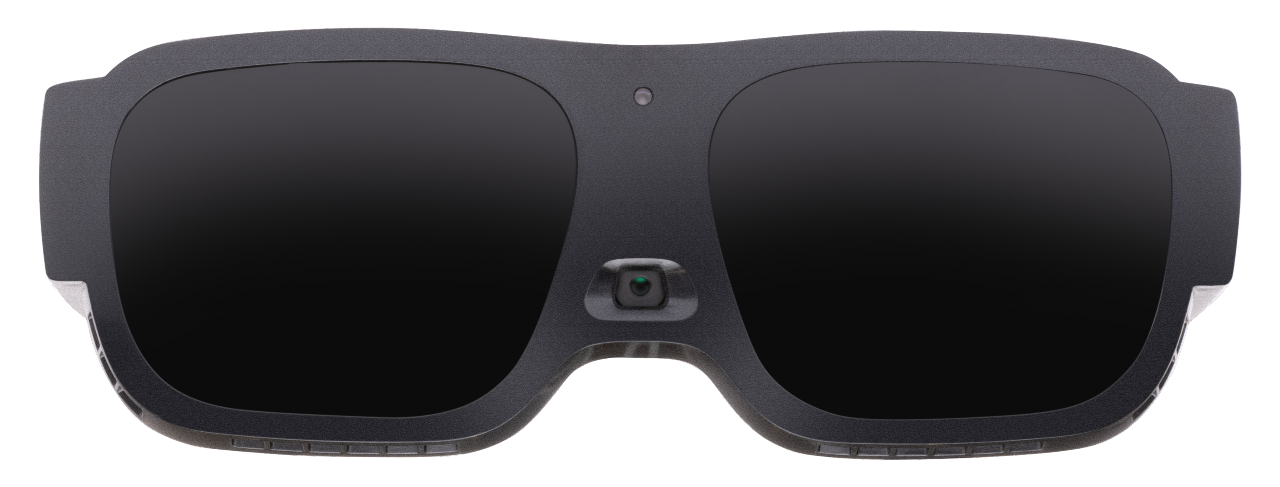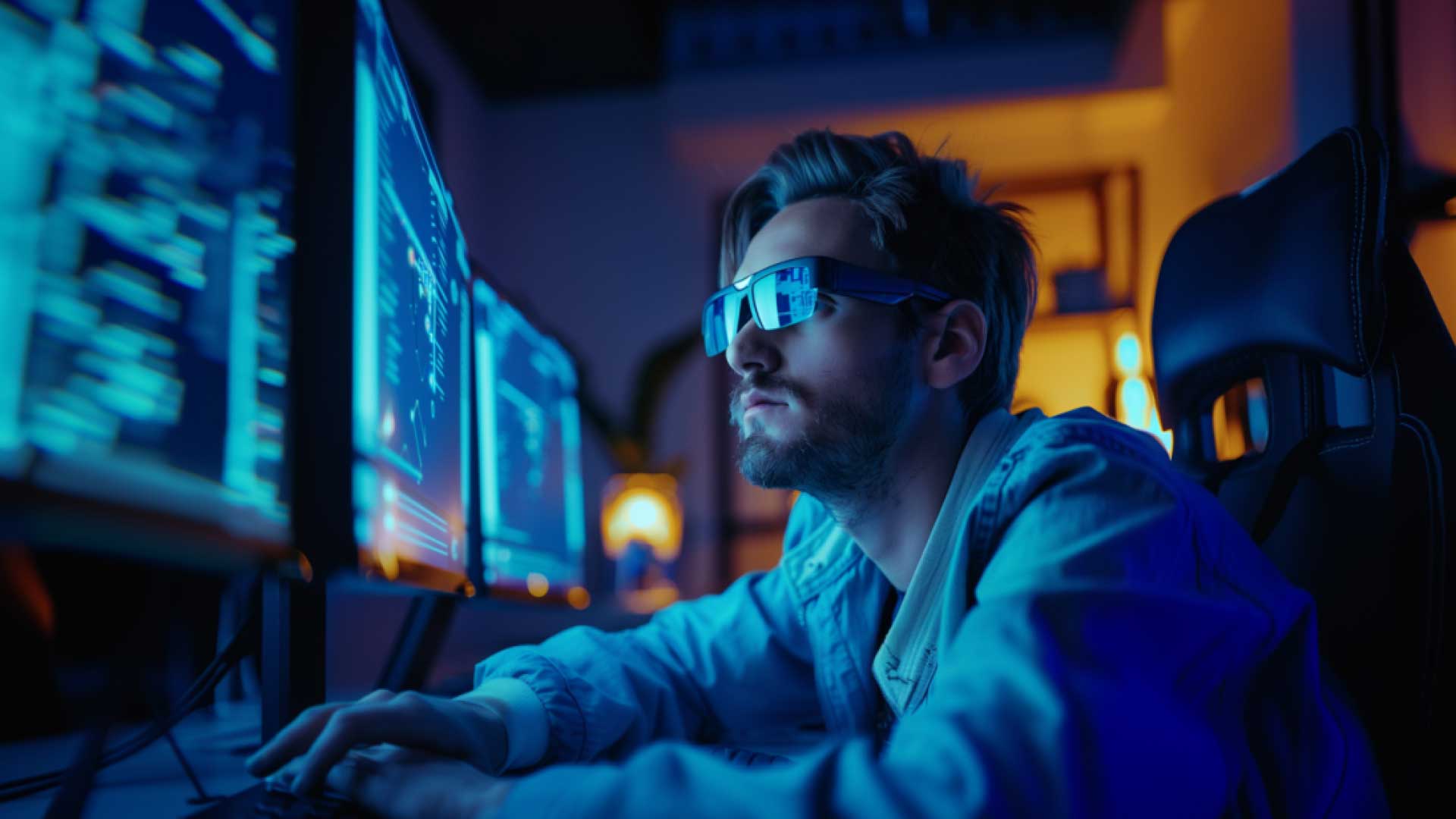Enhancing Access Through Assistive Innovation for the Blind
The assimilation of assistive innovation for the blind represents a critical innovation in ease of access, essentially changing exactly how individuals browse their settings and involve with culture. From screen readers to innovative smart canes, these devices not just improve self-reliance yet additionally advertise inclusivity in different rounds of life. As we explore the diverse sorts of assistive tools and their concrete influence on daily living, it ends up being essential to analyze just how recurring technological innovations are improving the landscape of support for the blind neighborhood. What ramifications do these developments hold for the future of availability?
Introduction of Assistive Innovation
Assistive modern technology describes a series of tools and software created to improve the abilities of individuals with handicaps, consisting of those who are blind or visually impaired. This technology plays a crucial role in advertising self-reliance and enhancing the lifestyle for users. By supplying alternate approaches for accessing information and executing everyday jobs, assistive modern technology empowers people to browse their environments better.
The advancement and application of assistive modern technology accept a variety of principles targeted at fostering access. These principles include user-centered layout, which prioritizes the requirements and preferences of the person, and the combination of technology into day-to-day tasks. Such innovations ensure that assistive devices are not just functional yet also user-friendly and very easy to make use of.
Furthermore, assistive modern technology encompasses a varied spectrum of options, from low-tech alternatives like magnifiers to state-of-the-art innovations such as screen visitors and Braille displays. The ongoing development of this area is driven by the requirement to address the distinct difficulties faced by individuals with visual disabilities (Wearable technology for low vision). As technology proceeds to development, the capacity for enhancing accessibility and promoting inclusivity remains appealing, eventually contributing to a much more equitable culture

Types of Assistive Instruments
Many sorts of assistive devices are readily available to support people that are aesthetically impaired or blind, each created to attend to particular demands and obstacles. These gadgets can be broadly classified into 3 main types: low-tech, mid-tech, and modern solutions.
Low-tech gadgets include products such as magnifiers, Braille tags, and tactile maps. These are fairly basic devices that boost the customer's capability to engage with their environment without calling for complex technology.
Mid-tech tools commonly include advanced features, such as digital magnifiers and mobile Braille note-takers. These gadgets can use capabilities like speech output, enabling customers to accessibility info a lot more efficiently.

Effect on Daily Living
The availability of numerous assistive gadgets considerably enhances the high quality of life for people that are blind or visually damaged, influencing their everyday living in profound ways. By incorporating modern technologies such as screen viewers, Braille displays, and audio description services right into their routines, customers obtain greater autonomy and freedom. These devices facilitate accessibility to details, allowing people to perform daily tasks, such as checking out emails, navigating public spaces, and appreciating media content.
Moreover, assistive tools encourage people to engage even more completely in social interactions and area activities. The ability to utilize mobile phones geared up with availability functions allows for smooth interaction and link with others. This connectivity fosters a feeling of belonging and minimizes sensations of seclusion.
In specialist setups, assistive innovation sustains productivity by permitting people to full work jobs effectively. Tools like voice acknowledgment software application and specialized zoom devices enable individuals to take part in the workforce on equivalent ground with their sighted peers.

Developments in Modern Technology
Recent technical advancements have actually dramatically transformed the landscape of devices offered for individuals who are aesthetically impaired or blind. The integration of expert system (AI) and maker learning has actually generated applications that enhance navigating and item acknowledgment. Mobile phone applications can currently utilize AI to identify and describe environments in real-time, offering users with valuable contextual details.
In addition, innovations in haptic modern technology have brought about the advancement of wise walking canes equipped with sensors that spot obstacles and provide tactile feedback. This encourages individuals to browse their environment with increased self-confidence and self-reliance. In addition, innovations in text-to-speech software program and braille screens have actually enhanced the access of electronic web content, permitting for smooth communication with numerous media.
Wearable modern technologies, such as smart glasses, are likewise making strides in aiding aesthetic disability. These gadgets can give augmented reality experiences, overlaying critical details onto the user's field of vision. Collectively, these improvements not only improve the top quality of life for people that are blind but additionally promote better incorporation in culture. As modern technology continues to develop, the potential for even more transformative devices remains coming up.
Future Trends and Innovations
As technology rapidly proceeds, the future of assistive devices for people that are blind holds immense pledge. Developments in fabricated intelligence (AI) and artificial intelligence are positioned to transform the means blind users communicate with their settings. AI-driven go to this web-site applications are being developed to improve item acknowledgment, enabling customers to recognize and browse their surroundings with higher convenience and precision.
Moreover, developments in haptic comments innovation are allowing the creation of tactile maps and navigation aids that provide real-time information through touch. These innovations not only enhance wheelchair yet additionally foster freedom. In addition, wearable gadgets furnished with enhanced truth (AR) attributes are arising, using individuals visual information via sound summaries, thus bridging the void between the physical and digital globes.
Additionally, the assimilation of smart home modern technology presents brand-new possibilities for ease of access, enabling individuals to manage their living environments through voice commands or smartphone applications. As partnership between technology programmers and the blind area proceeds, the concentrate on user-centered design will certainly guarantee that future advancements are tailored to meet the special demands of this population (Wearable technology for low vision). The trajectory of assistive modern technology site web promises an extra inclusive and empowering future for individuals that are blind
Final Thought
In conclusion, assistive modern technology plays an essential duty in improving ease of access for people with visual disabilities. The diverse selection of devices, consisting of screen visitors and smart walking canes, dramatically enhances day-to-day living and click to find out more promotes freedom. Continuous innovations in technology and user-centered layout ensure that these tools cater properly to the distinct demands of the blind community. As advancements progression, raised inclusivity and empowerment can be prepared for, eventually enhancing the quality of life for those impacted by aesthetic disabilities.
The combination of assistive technology for the blind represents a critical innovation in accessibility, fundamentally changing exactly how people browse their settings and involve with culture.Assistive technology refers to a range of devices and software application created to boost the capacities of people with handicaps, consisting of those that are aesthetically damaged or blind. Wearable technology for low vision.As modern technology quickly advances, the future of assistive tools for individuals who are blind holds immense promise. The trajectory of assistive technology promises an extra inclusive and empowering future for individuals that are blind
In verdict, assistive modern technology plays an essential role in enhancing accessibility for people with visual impairments.